Creation of Baaj Nwaavjo I'tah Kukveni national monument.
Biden's Grand Canyon Monument: A Symbolic Gesture at the Expense of Jobs
August 8, 2023 3:56 PM EDT
- The Gist
- President Biden establishes new national monument near the Grand Canyon
- The monument aims to protect Native American lands and prevent uranium mining
- Critics argue that the decision neglects job opportunities and economic growth
- The monument will not affect existing mining claims or approved mining operations
- The designation aligns with Biden's climate and conservation agenda
- Concerns raised about water contamination, drought, and wildfires
President Joe Biden's recent move to establish a new national monument near the Grand Canyon, named Baaj Nwaavjo I'tah Kukveni, has faced criticism from the right-wing camp. While the monument aims to safeguard sacred Native American lands and preserve the area from future uranium mining, opponents argue that this decision neglects job opportunities and economic growth. This article delves into the concerns surrounding Biden's choice and its potential impact on the local economy.
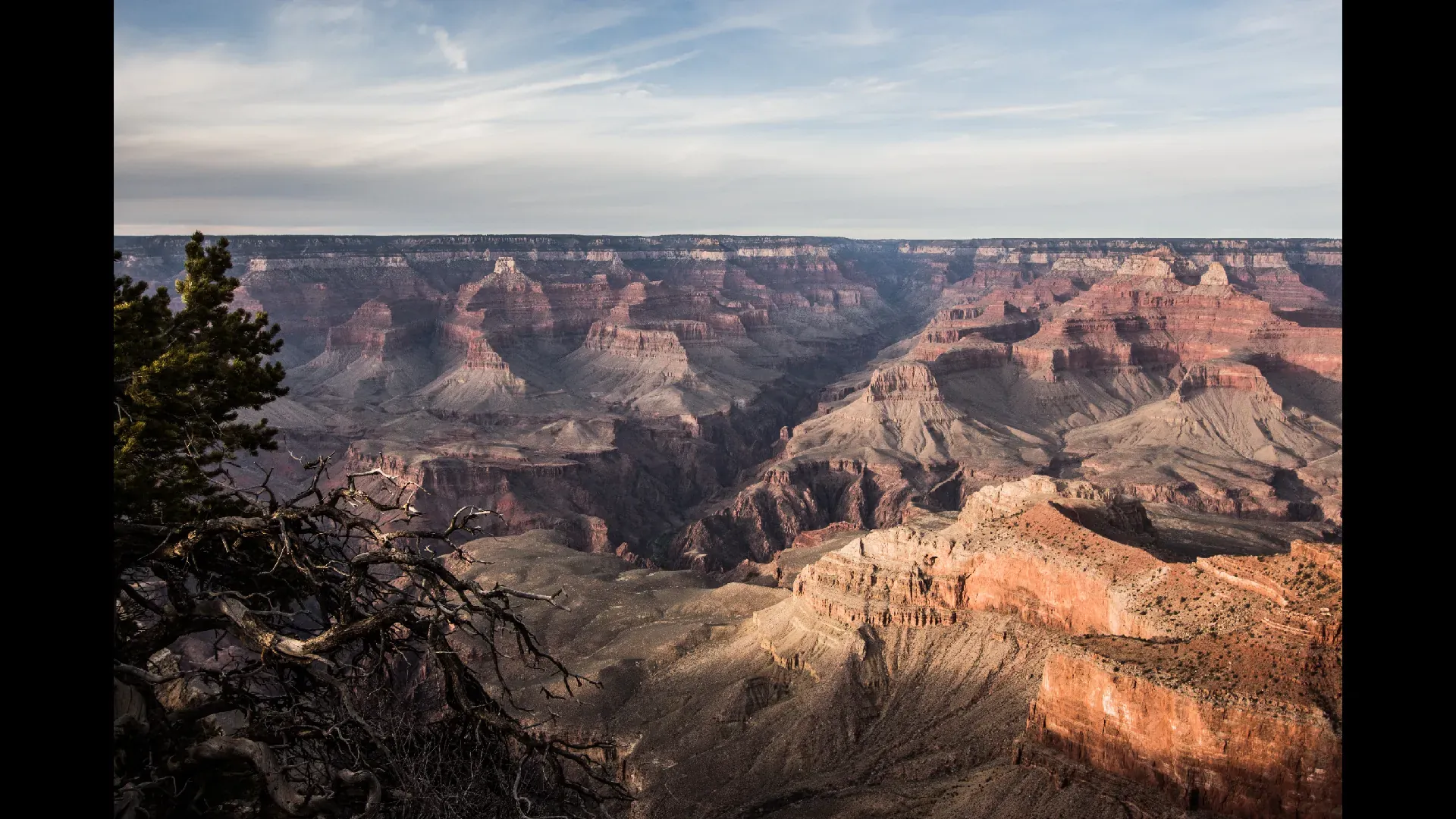

President Biden's new national monument will encompass almost a million acres of land that hold significant cultural and spiritual value to Native American tribes. By safeguarding this area from future uranium mining, the administration aims to protect both the environment and the cultural heritage of these tribes. However, critics argue that this move is purely symbolic and fails to address the economic needs of the region.
Contrary to concerns raised by critics, the creation of the national monument will not affect existing mining claims or approved mining operations within its boundaries. This ensures that ongoing mining activities will not be disrupted, allowing for the continuation of jobs and economic stability in the region. Despite this assurance, opponents of the monument claim that it could have detrimental effects on the local economy.
The designation of Baaj Nwaavjo I'tah Kukveni as a national monument aligns with President Biden's climate and conservation agenda. By prioritizing the protection of natural resources and collaborating with tribal communities, the administration seeks to address environmental challenges while acknowledging the historical dispossession and exclusion of Tribal Nations and Indigenous peoples in the area. However, critics argue that this focus on conservation overlooks the economic well-being of the local communities.
The Interior Department's decision to impose a 20-year moratorium on new mining claims around the Grand Canyon in 2012 was driven by concerns over water contamination. Critics argue that the monument designation fails to address the ongoing issue of drought and may hinder forest thinning efforts, potentially exacerbating the risk of wildfires. This raises concerns about the long-term impact on the region's environment and economy.
Opponents of the monument claim that it could have detrimental effects on the local economy. They argue that by restricting potential job opportunities in the mining sector, Biden's decision could lead to job losses and economic decline in the region. Additionally, ranchers fear that privately-owned land may be stripped away, further impacting their livelihoods. This highlights the tension between conservation efforts and economic development.
Governor Katie Hobbs and Senators Mark Kelly and Kyrsten Sinema of Arizona have expressed their support for the creation of the Grand Canyon monument. However, their endorsement has been met with criticism from those who believe that the decision prioritizes symbolic gestures over the economic well-being of the local communities. This divide in political opinion further fuels the debate surrounding the monument.
In addition to the monument designation, President Biden will announce $44 million to enhance climate resilience in national parks across the country. While this investment may have positive environmental implications, critics argue that it diverts resources away from job creation and economic growth in regions heavily reliant on industries such as mining. This raises concerns about the allocation of resources and the potential impact on the local economy.
President Biden's decision to create the Baaj Nwaavjo I'tah Kukveni national monument near the Grand Canyon has sparked controversy. While the monument aims to protect sacred lands and prevent future uranium mining, critics argue that it comes at the expense of jobs and economic stability. The debate surrounding this decision highlights the ongoing tension between conservation efforts and economic development, leaving the future of the region uncertain.
Contrary to concerns raised by critics, the creation of the national monument will not affect existing mining claims or approved mining operations within its boundaries. This ensures that ongoing mining activities will not be disrupted, allowing for the continuation of jobs and economic stability in the region. Despite this assurance, opponents of the monument claim that it could have detrimental effects on the local economy.
The designation of Baaj Nwaavjo I'tah Kukveni as a national monument aligns with President Biden's climate and conservation agenda. By prioritizing the protection of natural resources and collaborating with tribal communities, the administration seeks to address environmental challenges while acknowledging the historical dispossession and exclusion of Tribal Nations and Indigenous peoples in the area. However, critics argue that this focus on conservation overlooks the economic well-being of the local communities.
The Interior Department's decision to impose a 20-year moratorium on new mining claims around the Grand Canyon in 2012 was driven by concerns over water contamination. Critics argue that the monument designation fails to address the ongoing issue of drought and may hinder forest thinning efforts, potentially exacerbating the risk of wildfires. This raises concerns about the long-term impact on the region's environment and economy.
Opponents of the monument claim that it could have detrimental effects on the local economy. They argue that by restricting potential job opportunities in the mining sector, Biden's decision could lead to job losses and economic decline in the region. Additionally, ranchers fear that privately-owned land may be stripped away, further impacting their livelihoods. This highlights the tension between conservation efforts and economic development.
Governor Katie Hobbs and Senators Mark Kelly and Kyrsten Sinema of Arizona have expressed their support for the creation of the Grand Canyon monument. However, their endorsement has been met with criticism from those who believe that the decision prioritizes symbolic gestures over the economic well-being of the local communities. This divide in political opinion further fuels the debate surrounding the monument.
In addition to the monument designation, President Biden will announce $44 million to enhance climate resilience in national parks across the country. While this investment may have positive environmental implications, critics argue that it diverts resources away from job creation and economic growth in regions heavily reliant on industries such as mining. This raises concerns about the allocation of resources and the potential impact on the local economy.
President Biden's decision to create the Baaj Nwaavjo I'tah Kukveni national monument near the Grand Canyon has sparked controversy. While the monument aims to protect sacred lands and prevent future uranium mining, critics argue that it comes at the expense of jobs and economic stability. The debate surrounding this decision highlights the ongoing tension between conservation efforts and economic development, leaving the future of the region uncertain.
No, Really?! There's More News:
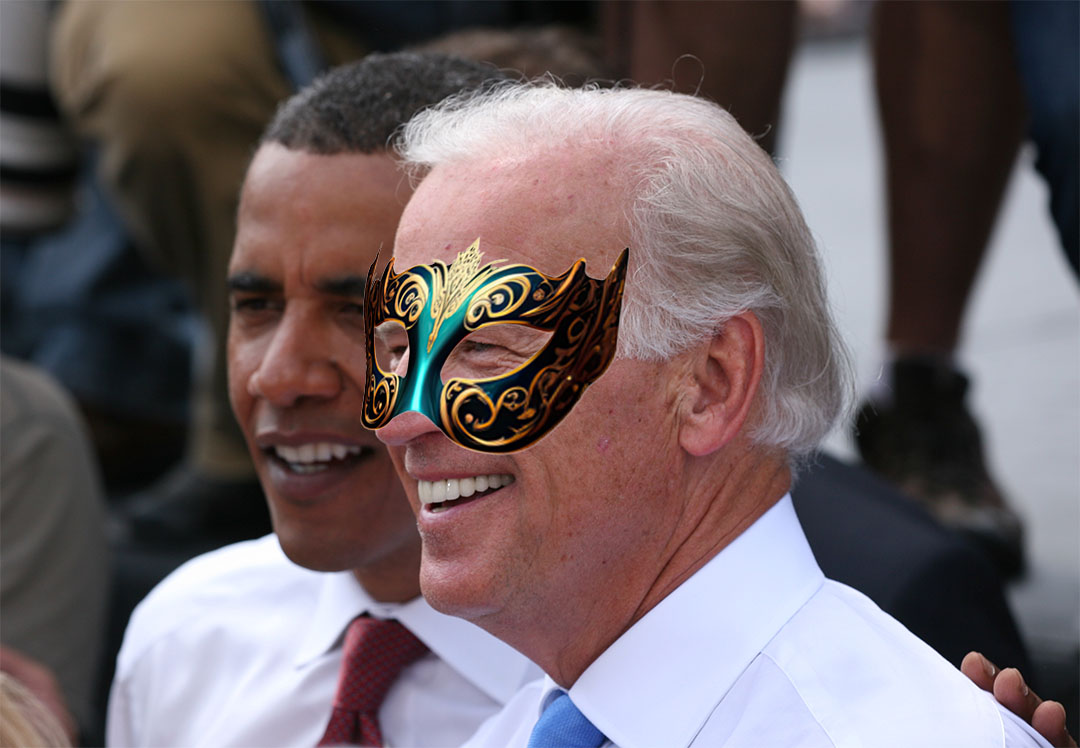 President Biden's Use of Aliases Raises Concerns of Corruption and Influence Peddling
President Biden's Use of Aliases Raises Concerns of Corruption and Influence Peddling 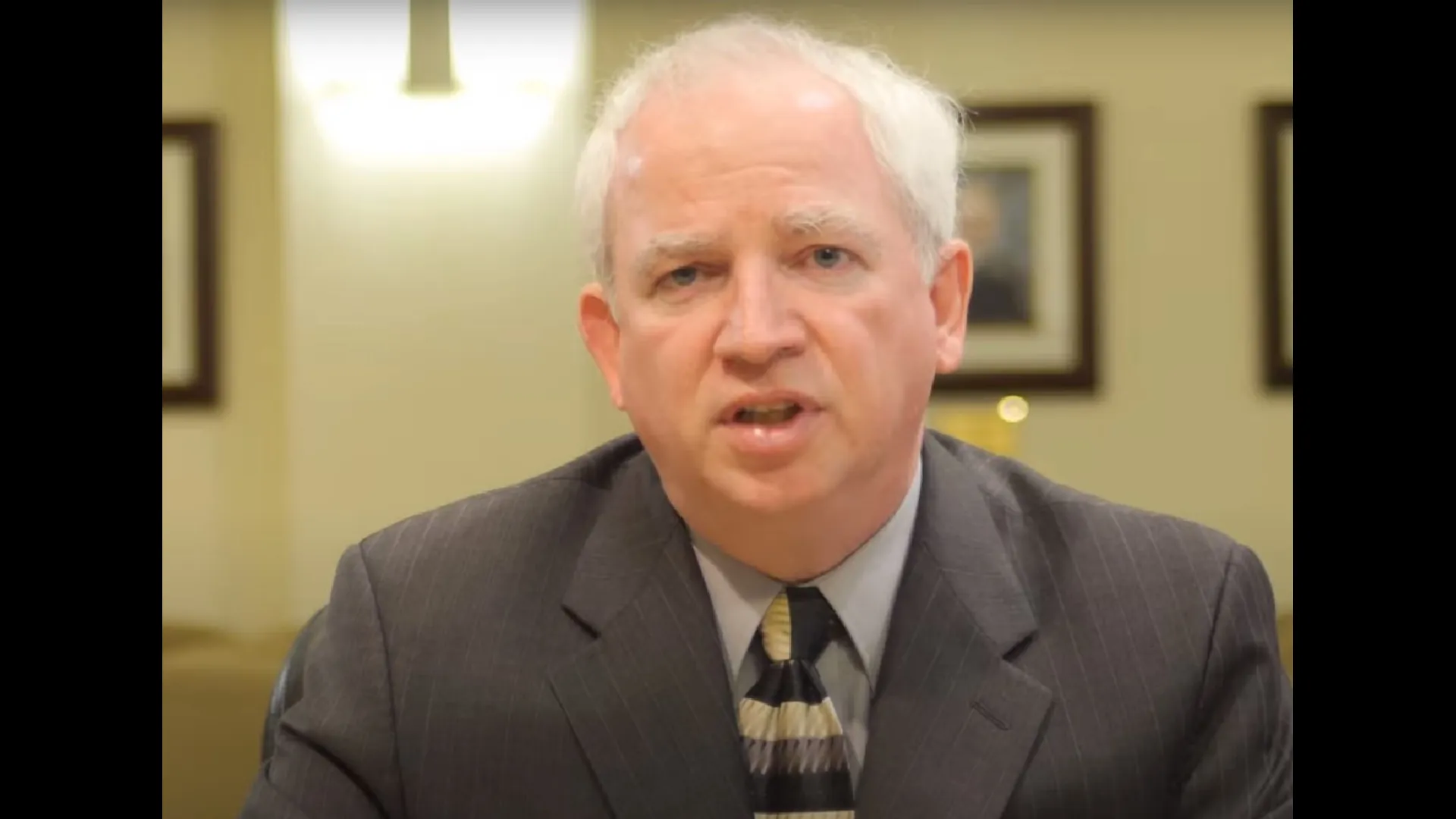 Eastman's Legal Team Claims Indictment is Politically Motivated
Eastman's Legal Team Claims Indictment is Politically Motivated 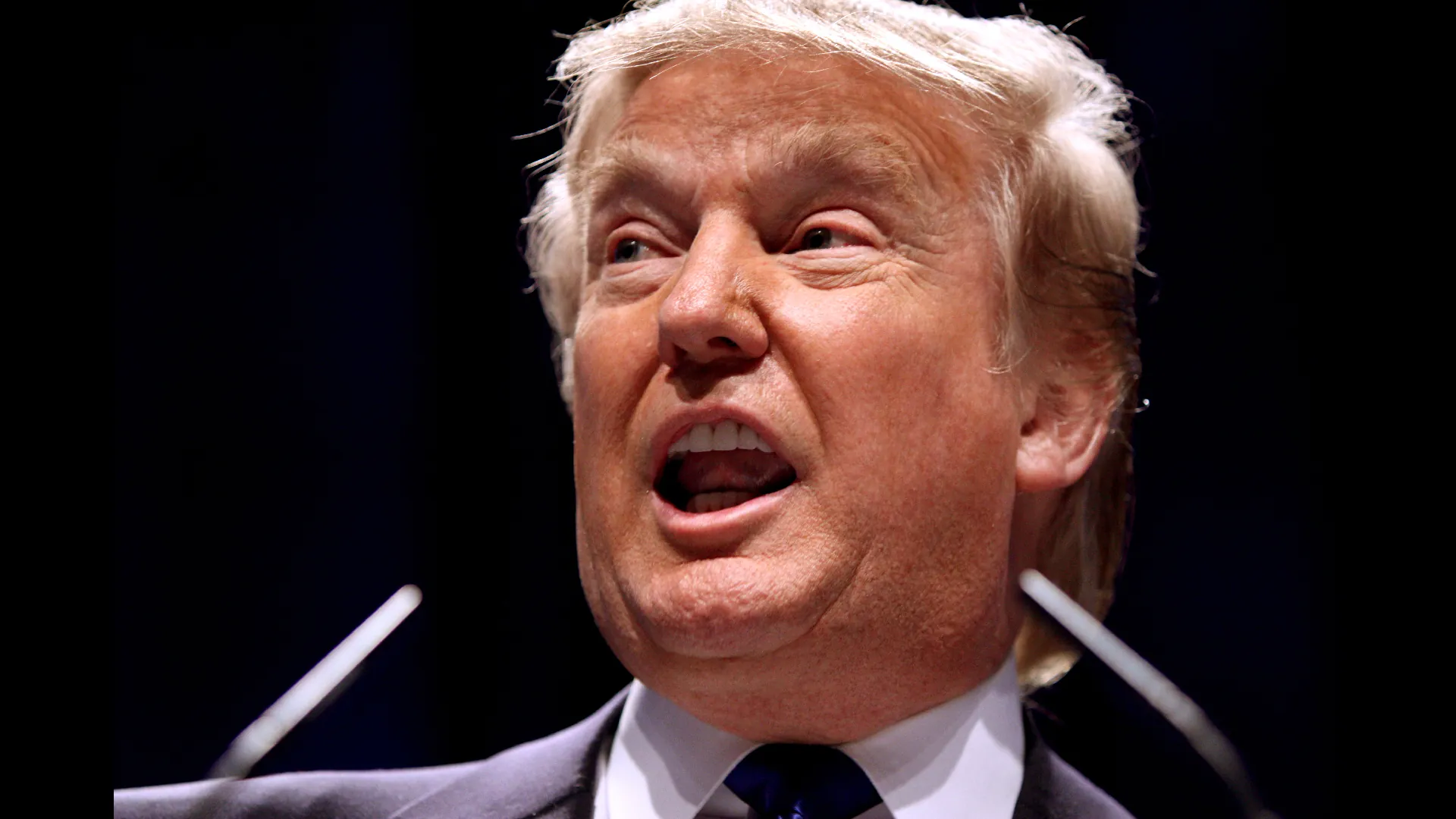 Constitutionality Questioned: Trump Indictment Draws Scrutiny for Violating Rights
Constitutionality Questioned: Trump Indictment Draws Scrutiny for Violating Rights 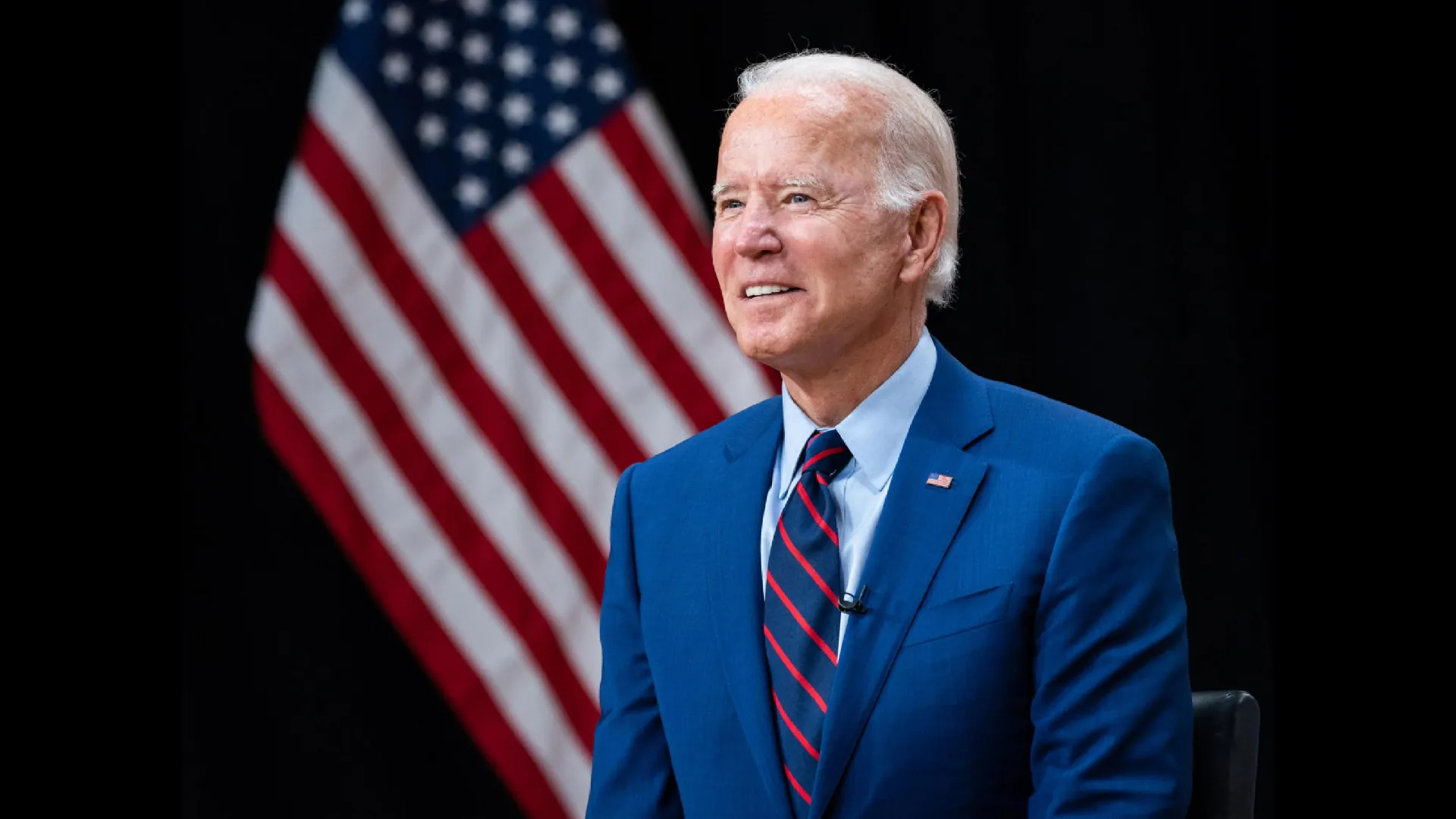 Lackluster Response: Biden Fails to Address Rising Death Toll in Maui
Lackluster Response: Biden Fails to Address Rising Death Toll in Maui